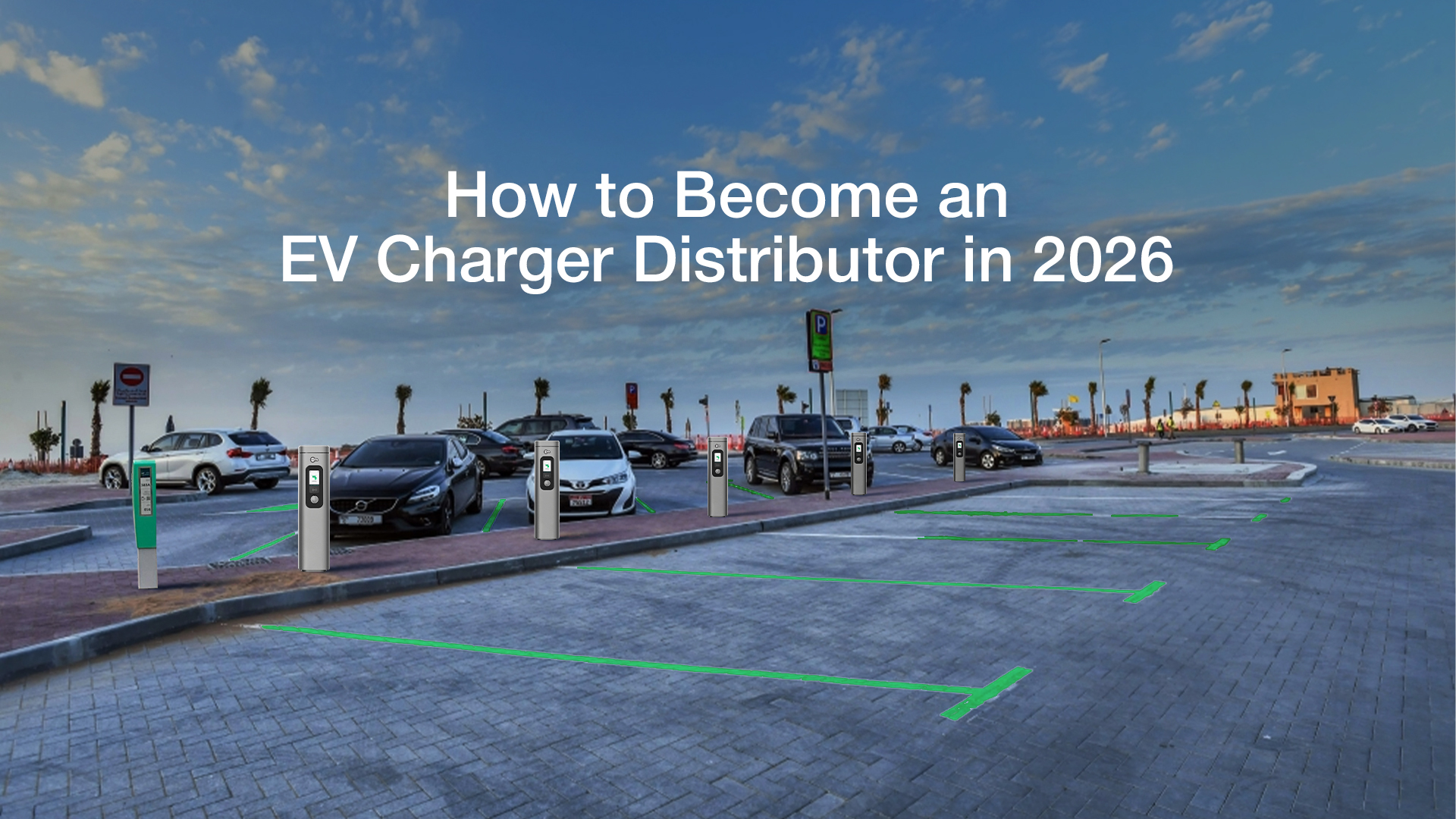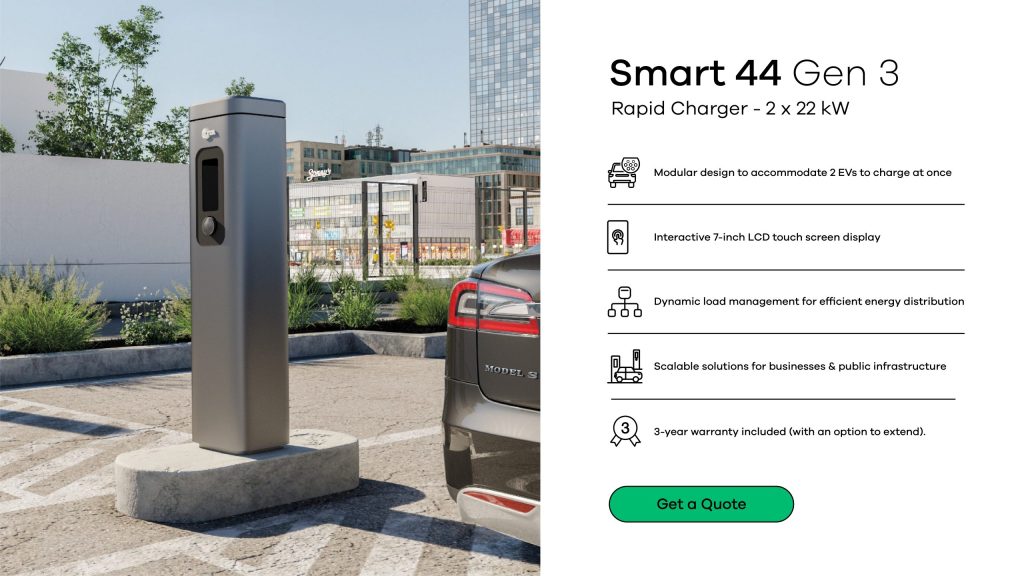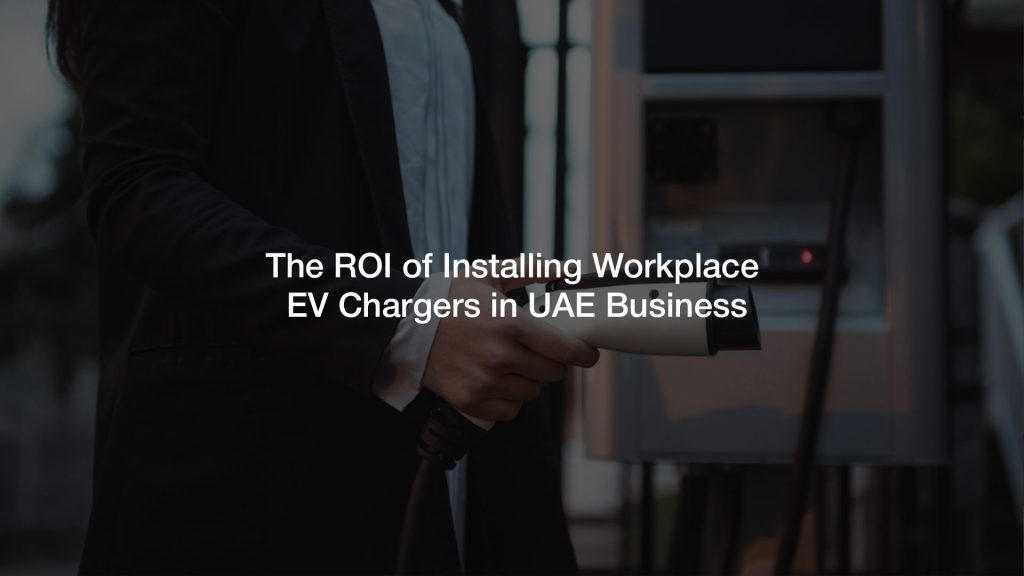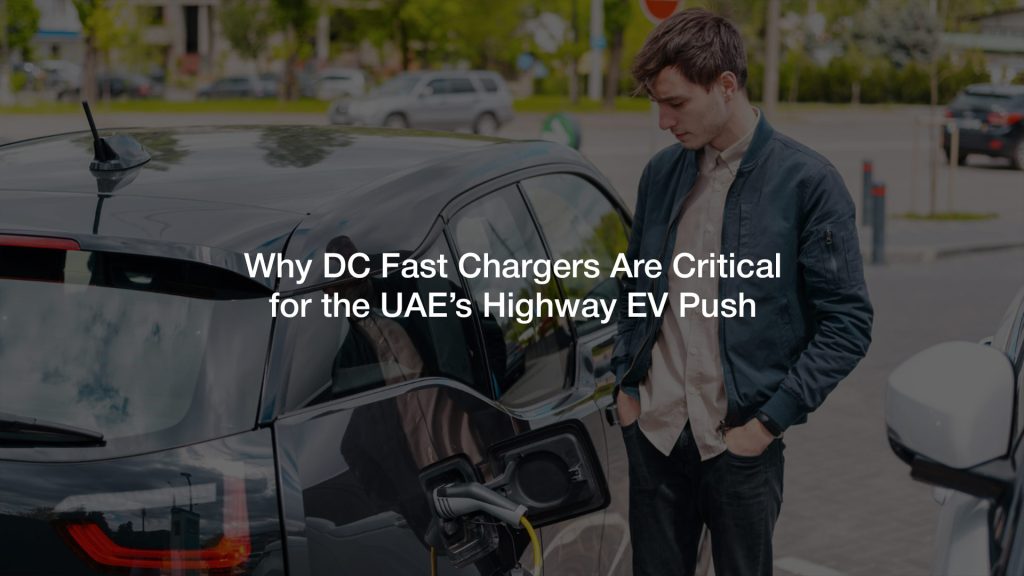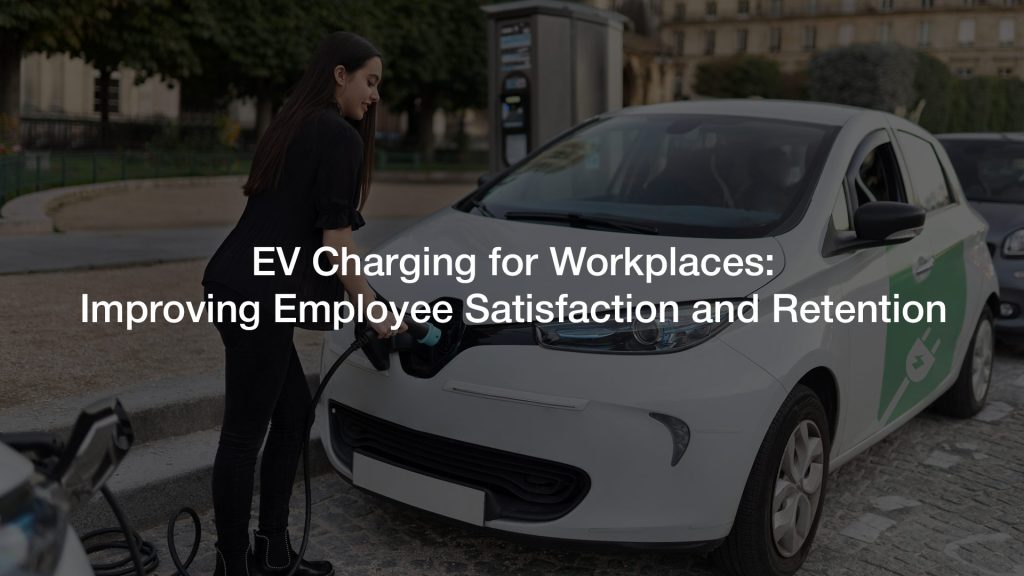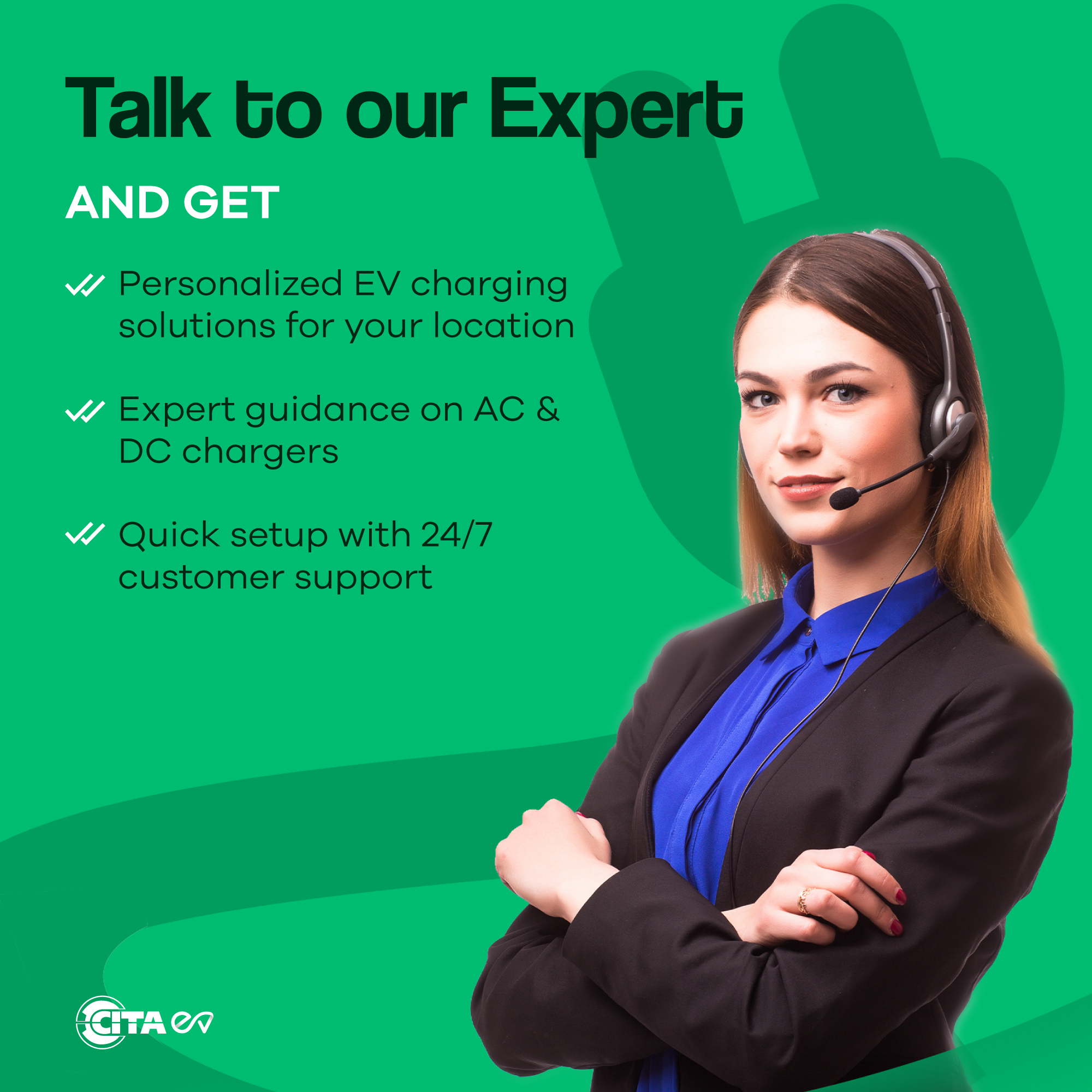As EV adoption accelerates worldwide, becoming an EV Charger Distributor in 2026 has emerged as one of the strongest growth opportunities in the clean-energy ecosystem. With global EV sales expected to exceed 30 million by 2030 and EV charging infrastructure investments reaching unprecedented levels, the need for reliable EV charging solutions and capable distributors has never been greater.
In markets like the UAE, government initiatives, private investments, and smart-city ambitions are rapidly increasing demand for electric vehicle chargers – across smart, AC, and DC options. This momentum is creating a strong, future-ready EV ecosystem. For entrepreneurs, resellers, installers, and technology providers, entering the EV charging supply chain now is a smart, strategic move with long-term growth potential.
Why Enter the EV Charger Distribution Market in 2026?
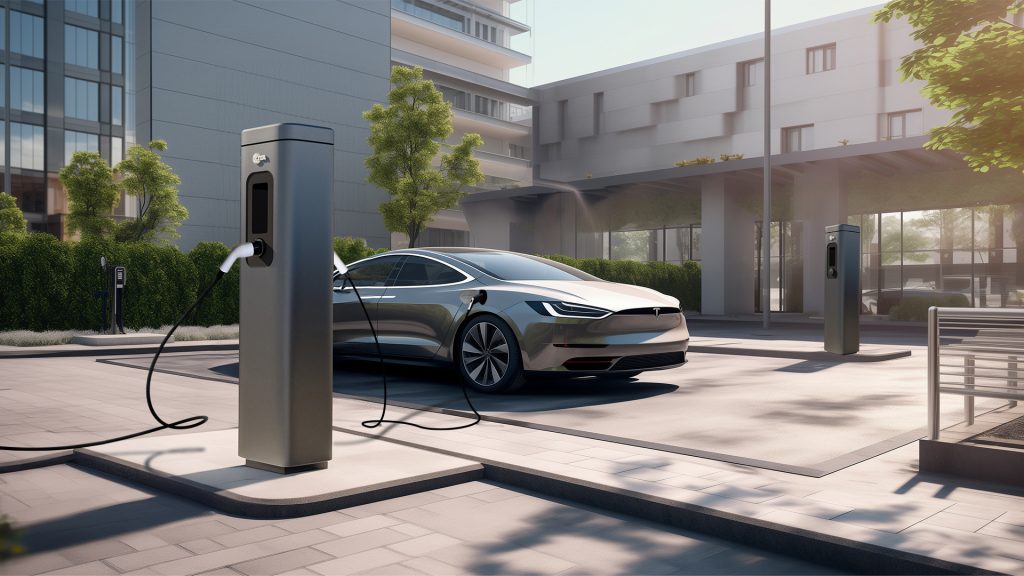
The UAE’s electric mobility transition is gathering pace, creating one of the strongest opportunities for an EV Charger Distributor today. With government visions like the UAE Net Zero 2050 strategy and a rising electric vehicle market, distributors who offer certified, ready-to-install AC & DC EV chargers and supporting systems are stepping into a wide-open niche. For example, the UAE charging-infrastructure market was valued at around USD 360 million in 2024 and is forecast to grow at approximately 14% CAGR to 2030.
Key reasons to jump in now:
- Rapid EV Market Expansion: The EV charging infrastructure market in the UAE is growing fast – both in public stations and residential installations.
- Multiple Customer Segments: From homeowners installing home EV chargers to fleet operators and commercial sites needing fast-charging infrastructure, demand spans many sectors.
- Support for National Sustainability Goals: By distributing electric vehicle chargers, you directly contribute to cleaner transport, lower emissions and the UAE’s smart-city ambitions.
- Unmet Supply-Chain Needs: Despite growth, many regions still lack sufficient local suppliers, certified hardware and robust logistics – creating space for distributors to add value.
What It Means to Become an EV Charger Distributor in 2026
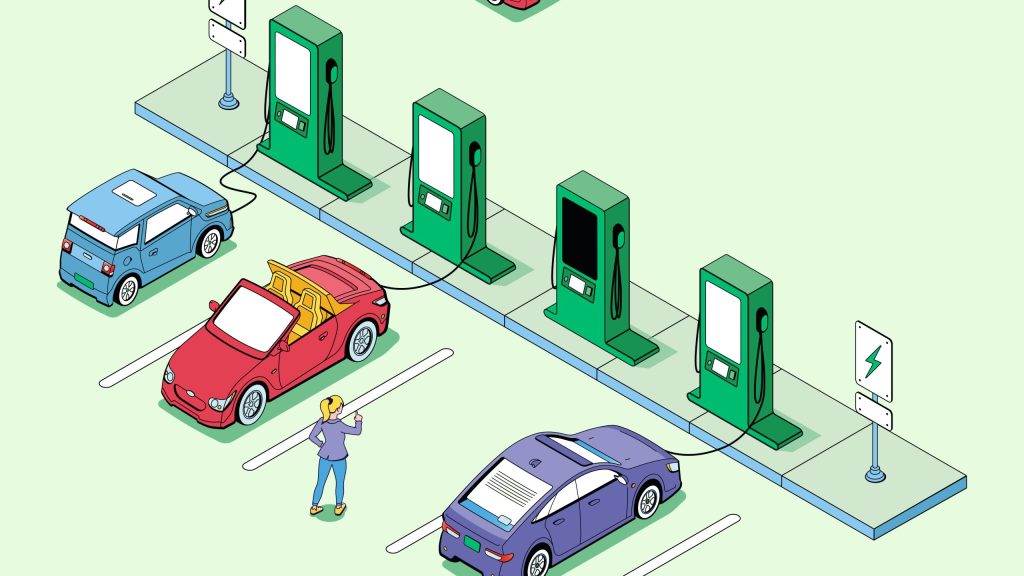
As the EV ecosystem expands and demand for EV charging infrastructure accelerates, distributors play a more strategic role than ever.
Understanding what this role truly requires will help you build a strong foundation before entering the market.
1) Your Role as the Central Link in the EV Charging Supply Chain
As an EV charger distributor, you act as the bridge between the EV charger manufacturer and the downstream market. Your responsibilities include stocking hardware, educating customers, assisting installers, ensuring timely deliveries, and offering after-sales support.
You become the dependable regional source for high-quality charging products, enabling businesses, homeowners, and government projects to deploy EV charging infrastructure smoothly and confidently.
2) Why the Market Needs Skilled and Knowledgeable Distributors
The EV charging landscape includes diverse hardware – AC and DC EV chargers. Customers often lack technical expertise, which creates confusion.
A skilled EV charger distributor helps clients compare chargers, understand power ratings, evaluate compatibility, and plan future expansion. Your guidance reduces errors, accelerates installation decisions, and positions you as a trusted advisor, not just a hardware vendor.
3) Certification, Compliance & Approved Chargers Are Non-Negotiable
Meeting regulatory standards is essential in 2026. Distributors must work exclusively with Certified EV Charger suppliers to ensure safety, grid compatibility, and government compliance.
Using certified products also opens doors to commercial tenders and public-sector projects. Customers increasingly avoid generic low-cost EV chargers and prefer properly tested, certified devices – making compliance a core part of your value proposition.
Types of EV Chargers You Can Distribute
A strong product portfolio is the foundation of your distribution business.
Here’s what your lineup should cover.
1) AC EV Chargers for Homes & Small Businesses
AC EV chargers are the backbone of most distribution portfolios because they dominate residential and light-commercial demand.
With power ranges between 7 kW and 22 kW, they are widely used for everyday charging across homes and small establishments. These EV chargers are ideal for homeowners, small offices, and community parking areas seeking reliable daily charging.
2) Dual AC EV Charger for Workplace & Commercials
Dual AC chargers are becoming a high-value product for EV charger distributors as workplaces and commercial sites look to support multiple EV users simultaneously.
Offering 44 KW dual AC chargers maximizes the utilization of limited parking spaces. They are ideal for corporate offices, co-working hubs, residential buildings, hotels, and commercial complexes with multi-vehicle charging needs.
3) DC EV Chargers for Commercial & Public Use
DC fast chargers are essential for distributors targeting large-scale, high-growth projects. With power outputs from 60 kW to 360 kW, they support rapid charging across busy public locations.
Adoption is strongest in malls, fleet depots, fuel stations, highways, government projects, and logistics centres – ideal for distributors aiming to enter public infrastructure and high-volume commercial markets.
Essential Steps to Become an EV Charger Distributor in 2026
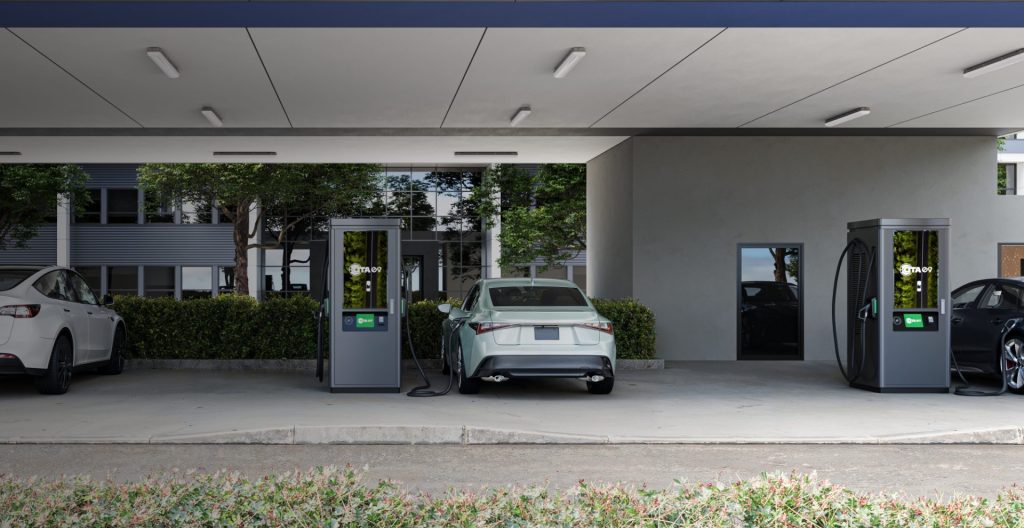
As EV adoption accelerates in 2026, more entrepreneurs are exploring the distribution side of the EV charging industry.
Starting the right way can help you build a solid foundation, avoid early mistakes, and position yourself for long-term growth.
Here are the key steps to guide your entry into the EV charger distribution business in 2026.
1) Start With a Clear Understanding of Your Local Market
A lot of new distributors jump in without knowing what their region actually needs. Maybe EV adoption is rising, but public charging is still limited. Maybe homeowners want to install EV chargers but don’t know where to start. Maybe businesses want workplace charging but aren’t sure about costs.
If you don’t understand these gaps – EV ownership numbers, growth trends, infrastructure limitations, government support, and how people prefer to charge, you’ll end up investing in the wrong products.
Your first job is to identify the real demand and the real problems in your area so every decision you make aligns with what the market truly needs.
2) Pick the Right Niche and Business Model for Your Goals
One of the biggest mistakes new EV charger distributors make is trying to sell everything to everyone. The EV market is wide – and each segment has its own challenges, margins, and customer expectations. If you don’t choose a niche that fits your resources, skills, and long-term goals, you’ll struggle to grow.
Start by understanding which niche aligns with what you can realistically deliver. Here’s a simple way to compare them:
EV Distribution Niches: Problems, Needs, and Who They Fit Best
| Niche | Typical Customer Problems | What They Need From You | Best For |
|---|---|---|---|
| Home Charging | Confusion about charger type and installation. | Simple, affordable, easy setup. | New distributors with low investment. |
| Workplace Charging | Unsure about employee demand and costs. | Scalable AC chargers, basic management. | B2B-focused distributors. |
| Public/Retail Charging | Slow, unreliable chargers; payment issues. | Fast chargers with POS and uptime. | Those with stronger capital. |
| Fleet/Depot Charging | Downtime and slow charging cycles. | High-power chargers, load control. | Technical and well-funded setups. |
| Hospitality/Real Estate | Guests requesting charging options. | Neat designs, multi-user access. | Those targeting hotels, malls, and developers. |
Choose the niche that best matches your budget, your network, and the kind of growth you want.
3) Build Partnerships With Reliable, Quality-Focused Manufacturers
Your entire business depends on the quality of the EV chargers you sell. If the manufacturer cuts corners, uses poor components, unstable software, or weak after-sales support, you’ll be the one dealing with complaints and returns.
This is why choosing the right partner matters. Look for manufacturers with proven certifications, strong software platforms, responsive technical teams, and clear warranty terms. A solid partnership protects your reputation and makes scaling your distribution network much easier.
Some manufacturers also offer white-label options, allowing you to sell EV chargers under your own brand while using their technology and hardware. It’s an easy way to build your brand identity without taking on the complexity of manufacturing.
4) Set Up Your Operations and Sales Channel
Once you’ve secured the right manufacturer partnership, you need a basic operational setup that keeps your business running smoothly. Start with the essentials: business registration, a simple storage or warehouse space, and a reliable logistics plan for handling deliveries.
Next, build your sales channel. Decide how you’ll reach customers: direct sales, installer partnerships, online leads, or B2B outreach. Create a simple marketing system that includes a website, product listings, and clear pricing. Even a small but well-organised setup helps you close deals faster and handle customers confidently from day one.
5) Get Training and Start Building Your Customer Network
Before you start selling, make sure you understand the products inside out. Good EV Charger manufacturers offer training on hardware, software, installation basics, troubleshooting, and sales positioning. This helps you answer customer questions confidently and avoid costly mistakes.
Once you’re trained, start building your network. Reach out to homeowners, businesses, installers, electricians, fleet operators, and property developers. Attend local EV events, join industry groups, and stay active online. The more people you connect with early on, the faster you’ll build trust – and the quicker your distribution business will grow.
Challenges in EV Charger Distribution - and How to Overcome Them in 2026

The EV charger business is full of opportunity, but it’s not as simple as buy and sell. EV Charger Distributors run into a set of predictable challenges, especially when entering the market for the first time.
Here are the big ones you should expect in 2026 – and how to overcome each of them with confidence.
1) Poor Product Quality and Unreliable Manufacturers
The challenge: Many new EV Charger Distributors pick cheap manufacturers to save on cost. The result: chargers that overheat, fail certification checks, disconnect from apps, or break within a few months after purchase. Your customers complain, you replace units at your expense, and your reputation takes a hit.
Example: A distributor buys 10 budget AC chargers. Within six weeks, customers report app failures and RFID issues. Replacing or repairing them costs more than the profit made.
How to overcome it:
- Work only with certified, proven manufacturers (DEWA, UKCA, CE, OCPP).
- Ask for product test reports, warranty terms, and sample units.
- Choose brands with real after-sales support – not just sales promises.
- Never rush into bulk purchasing without testing the charger yourself.
2) Weak After-Sales Support and Technical Knowledge Gaps
The challenge: Customers expect help with installation, connectivity issues, app setup, RFID access, and firmware updates. New distributors often aren’t ready for these questions.
Example: A business client installs 10 chargers but complains they can’t track employee usage. The distributor has no idea how to connect the backend software.
How to overcome it:
- Get technical training directly from the manufacturer.
- Partner with a local electrician or installation company.
- Create simple troubleshooting guides for customers.
- Choose chargers with stable, easy-to-understand software platforms.
3) High Competition and Price Pressure
The challenge: More companies are entering EV charging, which leads to aggressive pricing. New distributors drop prices just to close deals, reducing profit margins to almost nothing.
Example: A distributor quotes £450 for a home EV charger; a competitor offers £420. The distributor lowers their price again and ends up with almost no profit.
How to overcome it:
- Sell on value – not price. Highlight features like software, warranty, POS payments, and reliability.
- Offer installation bundles or extended support to stand out.
- Target niche markets (fleet, hotels, malls) to avoid general price wars.
- Build a brand, not a “cheap charger store.”
4) Slow Customer Acquisition and Lack of Marketing
The challenge: Many new distributors wait for customers to “come naturally.” They end up with no leads for months.
Example: Someone becomes a distributor and sets up a website but gets zero traffic because they didn’t invest in SEO, social posts, or partnerships.
How to overcome it:
- Build a simple lead-generation funnel (Google Ads, SEO, landing page).
- Partner with installers, electricians, and car dealerships.
- Attend EV events, expos, and local sustainability meetups.
- Share educational content: “types of EV chargers,” “home charging costs,” etc.
Visibility = trust. Trust = customers.
5) Inventory Management and Cash Flow Issues
The challenge: Bulk orders require upfront payment, and stocking the wrong models ties up your cash. Meanwhile, customers want fast delivery.
Example: A distributor orders 100 AC chargers, but the market shifts toward 22kW units. Half the stock goes unsold for months.
How to overcome it:
- Start with small, varied batches (5–10 units each).
- Choose manufacturers offering flexible MOQ (minimum order quantity).
- Track which charger types sell faster – home, 22kW, DC, etc.
- Keep a lean warehouse, not a massive inventory.
Smart inventory decisions protect your cash and flexibility.
6) Difficulty Standing Out in a Crowded Market
The challenge: Customers don’t know the difference between brands. To them, many chargers look the same. Without a strong angle, you blend in.
Example: Three local distributors all sell similar white 7 kW EV chargers with basic apps. Customers pick whoever replies fastest or offers the cheapest price.
How to overcome it:
- Offer something unique:
- White-label EV chargers
- POS-enabled chargers
- EV management software
- Faster support
Extended warranties
- Create a brand story and identity – logos, colours, messaging.
- Share customer success stories online.
Differentiation automatically raises your perceived value.
Every EV Charger distributor faces these challenges, but the winners are the ones who prepare early. Understand the gaps, choose strong partners, invest in training, and build a real customer network. 2026 will reward the distributors who think long-term, focus on reliability, and solve real customer problems instead of chasing fast sales.
Partner With CITA EV Charger and Become a Certified Distributor

If you’re serious about entering the EV charging market in 2026, partnering with the right brand makes all the difference. CITA EV Charger gives you a clear advantage with reliable hardware, powerful software, and a support system designed to help distributors grow with confidence.
As a certified CITA distributor, you get access to:
- A complete product range – AC chargers, DC fast chargers, dual units, and POS-enabled models.
- Full technical training – hardware, software, installation basics, troubleshooting, and sales guidance.
- Marketing support – brochures, datasheets, visuals, and product presentations to help you close deals faster.
- Strong warranty and after-sales assistance – so you never face customer issues alone.
- White-label options – build your own brand using proven CITA technology and hardware.
With CITA as your partner, you’re not just selling chargers – you’re offering a trusted, future-ready solution that customers rely on. It’s a partnership built for long-term growth, better margins, and a real competitive edge in your region.
Reach out to us today for partnership opportunities, training, and a free consultation.



